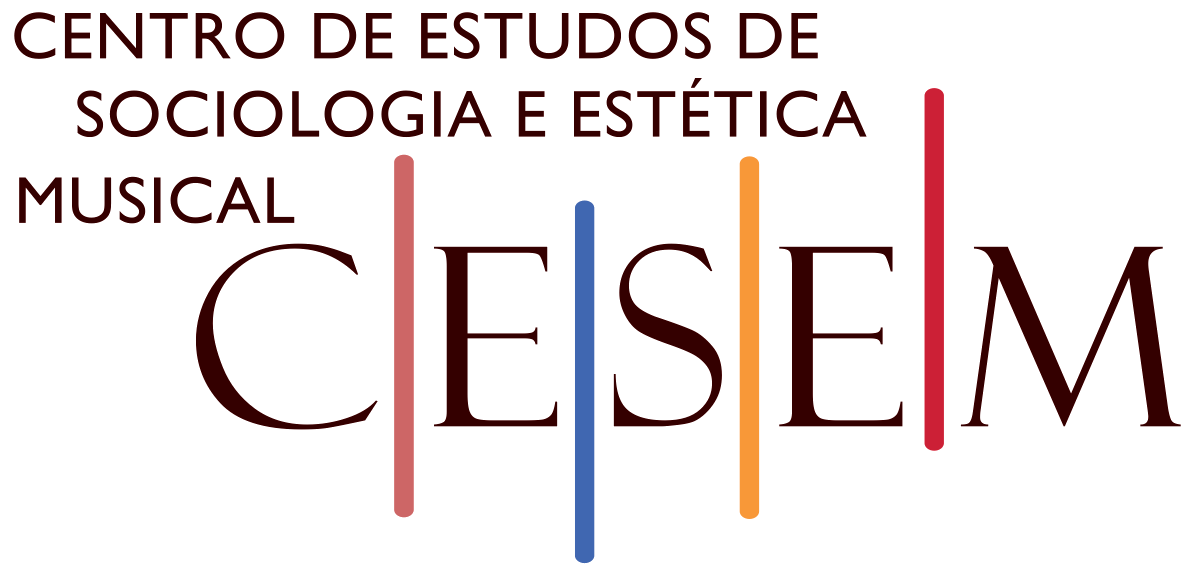Cultural Confluences in the Music of Alfonso X
Project, funded by the Foundation for Science and Technology (POCTI / EAT / 38623/2001), 2005-2008. TEAM: Manuel Pedro Ferreira, Rui Araújo. INSTITUTIONAL PARTNERSHIP: Center for the Study of the Cantigas de Santa Maria, Oxford University.
Project assumptions
The collection of 419 Cantigas de Santa Maria composed in the court of Alfonso X de Leão and Castile in the second half of the century. XIII is increasingly recognized as a fundamental landmark both in the peninsular culture (including the Galician-Portuguese sphere), and in European culture (due to the confluence, there, of Christian culture with the Islamic culture of the Andalusian area).
In this repertoire (definitively constituted around 1285), for the first time, thirty years before Ars Nova, a continuous effort is observed to represent in writing a wide range of musical rhythms, and two types of musical form associated with culture are promoted. from the south of the Peninsula, of which the most important type, known as danza or virelai, would eventually be adopted in much of Europe from c. 1300.
Unfortunately, despite the advances represented by recent works (Ferreira 1993 and ss.), These aspects are far from receiving systematic attention, and the importance of this repertoire in the History of European Music has not yet arisen, due to its geographical and linguistic marginality, the scientific investment it deserves.
The only complete edition of the CSM melodies in the 20th century was published in 1943, with a large number of errors; the facsimilated reproductions of the To and E manuscripts published in 1922 and 1964, respectively, have been retouched and modified, and that of the T manuscript, dated in 1979, is not sufficiently legible. Existing microfilms do not clearly reproduce the finer details of medieval notation.
This means that the scientific community does not have access to the full content of the sources, which prevents progress in its interpretation. The project aims to make accessible to the scientific community, in electronic format, on the Internet, the set of collected paleographic data, so that the musical content of the manuscripts is permanently accessible to scholars without the need to use the original.
Project objectives
The present research project, which started in late 2004, intended to carry out a paleographic and analytical survey of the vestiges of cultural confluence in the musical notation of preserved manuscripts.
1 Firstly, it was a question of examining the originals (in Madrid and in the Escorial) in order to verify the notational details that have not been accessible so far; to transcribe each of the handwritten versions of the music to digital support; and to compile an exhaustive bibliography on CSM music and related topics.
2 In a second phase, the obtained transcripts would be reviewed; paleographic data would be organized and analyzed in order to characterize the various notational elements and clarify their use; and a database specially designed for comparisons based on the original notation would be designed.
3 In a third phase, a historical and cultural contextualization of the musical notation of these sources would be carried out, at the same time as the notational data of each of the three manuscripts would be introduced in the database, and the data would be placed on the Internet. results of paleographic transcription, freely downloadable.
A few months from the end of the project, the first phase was completed, of the second phase, only the revision has not ended, and the third is ongoing.
April 10, 2008
Research team
Responsible researcher: Prof. Doctor Manuel Pedro Ferreira (mpferreira@fcsh.unl.pt)
Research assistant: Rui Araújo (rui1409@gmail.com)
Useful links:
http://www.medieval.org/emfaq/composers/cantigas.html
